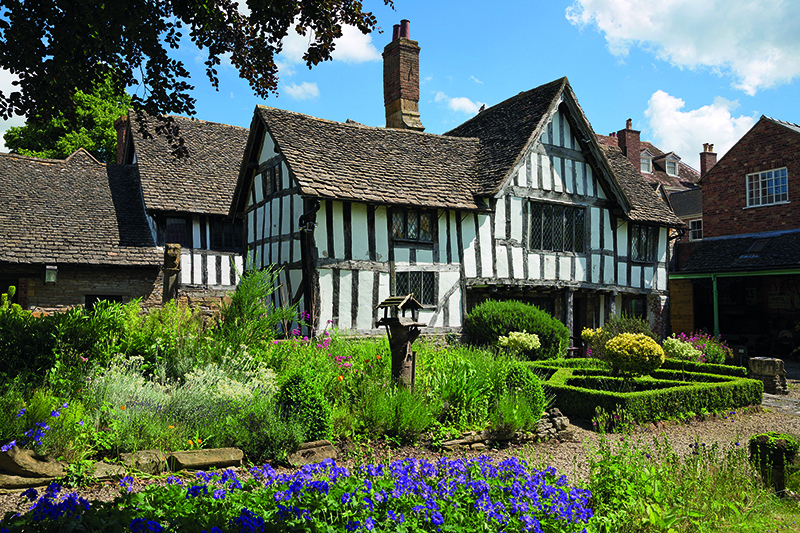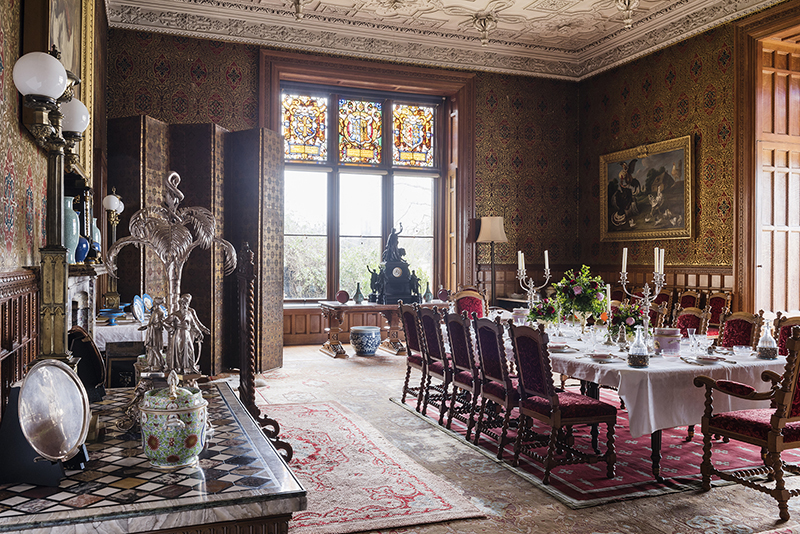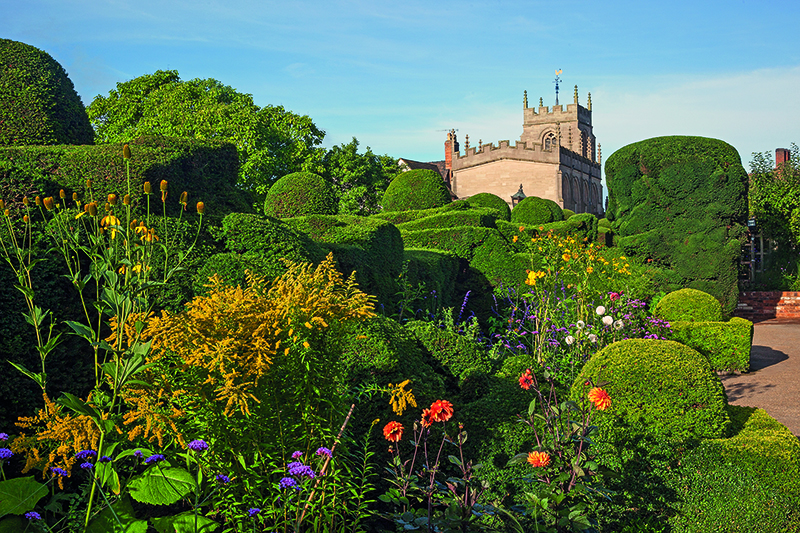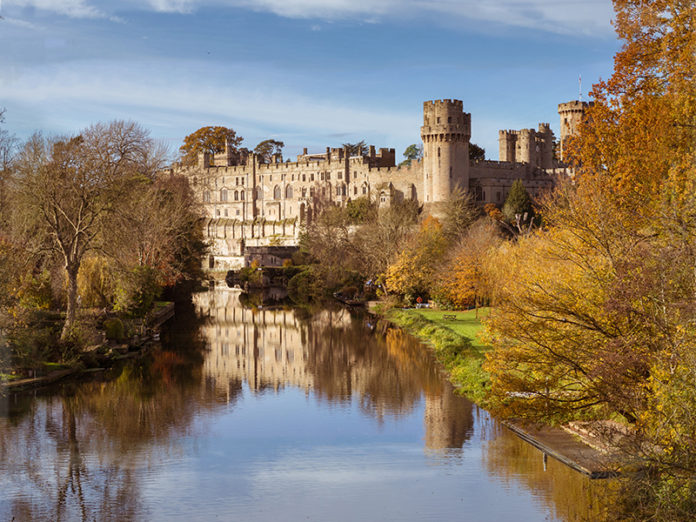We journey through landscapes and time following the River Avon, which gathers along its banks the stories of three momentous English battles and the nation’s greatest bard
The word ‘Avon’ derives from the old Brythonic ‘abona’, meaning ‘river’: accounting for why you will find numerous British waterways bearing the name. But there is nothing prosaic about the river known as Shakespeare’s Avon that flows for nearly 100 miles from Naseby in Northamptonshire, via Stratford-upon-Avon in Warwickshire, to Tewkesbury on the edge of the Cotswolds.

This Avon segues through idyllic villages to market towns crowned by castle or abbey. Sheer liquid history and poetry, it’s a wonderful route for a tour. So pull on your walking boots and shadow the river along the Shakespeare’s Avon Way long-distance footpath. Or hire a narrowboat (in season) and drift the 46-mile navigable section of the river from Alveston weir above Stratford to Tewkesbury. Alternatively, simply take to the road and dip into riverside scenes.
Naseby, where the infant Avon rises, is a name now synonymous with the 1645 battle that saw Parliament’s New Model Army rout Charles I’s main field army, hastening the end of the first instalment of the Civil War – aficionados can follow a battlefield trail around key sites. The growing river then flirts with the Grand Union Canal and heads for Rugby, where the eponymous game was invented at the still-flourishing public school.
A few miles further downriver, Jacobean meets Baroque at stately Stoneleigh Abbey. Jane Austen visited relatives here in 1806 and re-imagined the chapel and woodland walks at Sotherton Court in Mansfield Park, while scandalous tales of the secret marriage of Elizabeth Lord, whose painting hangs in the Blue Parlour, gave shape to Anne Elliot in Persuasion. Guided Jane Austen tours reveal more of the historic gossip.

Looping onwards, the Avon combines with the currents of England’s rich history in spectacular fashion at Warwick; a ‘burh’ strategically founded in the 10th century to control the river valley and as a defence against Danish invaders.
Awesome medieval Warwick Castle towers over town and river and hosts the evocative Kingmaker attraction, recreating scenes from the life of the notorious Richard Neville, Earl of Warwick. “Thou setter-up and plucker-down of kings”, as William Shakespeare called him (Henry VI, Part III), had helped Edward IV onto the throne, then changed sides and helped Henry VI to don the crown during the Wars of the Roses. Following plots in 1469, Neville held Edward prisoner for a while at Warwick Castle and tried, unsuccessfully, to govern in his name. The Kingmaker met a violent death two years later.
Then head for Charlecote Park, still the Lucy family home after 900 years and, aside from the fascinating mellow redbrick house, a picnicking and walking heaven of riverside meadows, with free-roaming deer, swooping herons and the occasional darting kingfisher.

Legend says a wayward young Will Shakespeare, caught poaching here, was hauled before the local magistrate Sir Thomas Lucy and later took dramatic revenge by ridiculing Lucy as fussy Justice Shallow in The Merry Wives of Windsor and Henry IV, Part II.
Whatever the truth, we are now reaching the heart of Shakespeare country, with weeping willow fringed riverbanks, gliding swans and bobbing ducks. Pretty riverside villages sprinkled around his Stratford-upon-Avon birth town boast quirky tales. Did the suspicious drowning of Catherine Hamlet in 1579 and disinterment of her body from Alveston church for a fresh post mortem reach the ears of a teenage Shakespeare, and later inspire the graveyard scene in Hamlet or descriptions of Ophelia’s drowning? Did Will marry Anne Hathaway at Luddington in 1582, as is romantically claimed?
Words: Neil Jones






 © 2024
© 2024